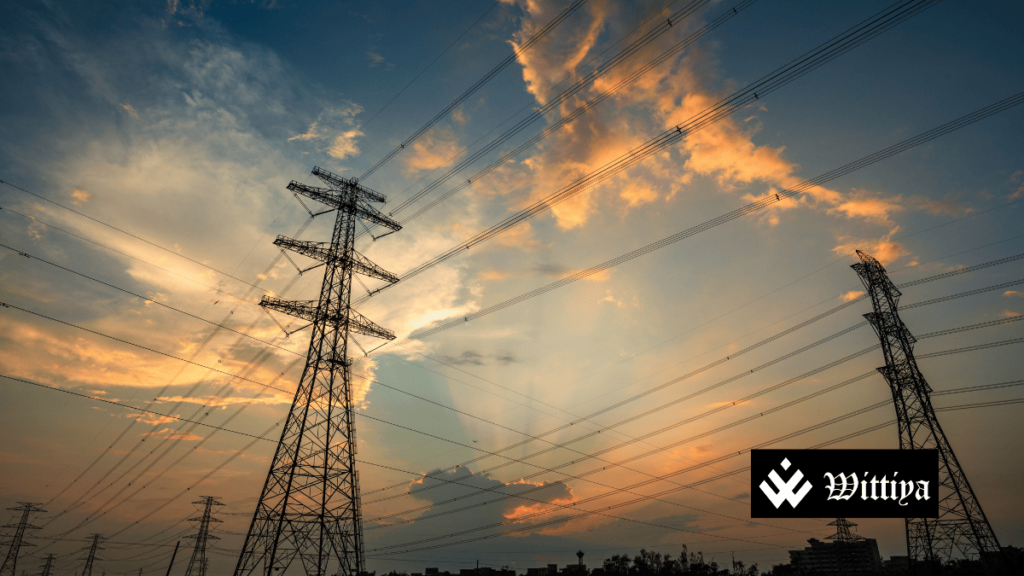The Indian government has projected an investment of ₹4.9 lakh crore ($59 billion) for the expansion of the country’s electricity transmission network between 2027 and 2032. The plan, released on March 20, 2025, aims to connect upcoming green energy projects with the national grid. The National Electricity Plan (NEP), prepared by the Central Electricity Authority, also forecasts India’s power demand to reach 388 GW by 2031-32, necessitating a 997 GW power generation capacity.
The Indian government has projected an investment of ₹4.9 lakh crore ($59 billion) for the expansion of the country’s electricity transmission network between 2027 and 2032. This investment is outlined in the National Electricity Plan (Volume II: Transmission), which was notified by the Central Electricity Authority (CEA) on March 20, 2025.
The NEP serves as a strategic roadmap for the power sector, detailing infrastructure requirements for energy generation and distribution in the coming years. The latest volume focuses on transmission, ensuring that India’s growing electricity demand is met efficiently while integrating a large share of renewable energy sources into the national grid.
India’s Growing Power Demand
According to the NEP, India’s peak power demand is expected to reach 388 GW by 2031-32, requiring a power generation capacity of 997 GW. The transmission and distribution (T&D) network will need substantial expansion to ensure seamless electricity supply from production hubs to end users.
The report highlights that about 76,787 circuit kilometers (ckm) of transmission lines and 4,97,855 MVA of transformation capacity in substations (220 kV and above) will be added between 2027 and 2032. Additionally, 32,250 MW of High Voltage Direct Current (HVDC) bi-pole capacity is planned for integration.
Green Energy and Battery Storage
Of the estimated 997 GW power generation capacity, at least 500 GW is expected to come from clean energy sources such as solar and wind. To ensure a stable supply and avoid contingencies, transmission networks will be designed to support up to 600 GW of renewable energy by 2032.
A key component of the plan is battery energy storage. The NEP projects that India’s battery storage capacity will reach 47 GW by 2032, a significant jump from the current 300 MW. This expansion aligns with the government’s policy to mandate battery energy storage systems (BESS) in all renewable energy projects.
BESS plays a crucial role in balancing the grid, as renewable energy generation is intermittent. By storing excess power during peak production periods and releasing it when demand is high, BESS enhances grid reliability and stability.
India’s Growing Cross-Border Energy Exchange
The NEP also outlines India’s plans to expand its power transmission network beyond its borders. Currently, India exchanges about 4,100 MW of power with neighboring countries such as Nepal, Bangladesh, Bhutan, and Myanmar. This figure is expected to rise to 7,000 MW by 2026-27.
Additionally, discussions are underway to establish power grid connections with Sri Lanka under the “One Sun One World One Grid” (OSOWOG) initiative. Further interconnections with Singapore, the UAE, and Saudi Arabia are also being considered to create a globally integrated energy market.
Future of India’s Power Sector
The National Electricity Plan is updated every five years to reflect the evolving needs of India’s power sector. The latest volume builds upon the previous NEP (Volume I: Generation), which was published in May 2023.
By investing in a robust transmission infrastructure, India aims to not only meet its rising domestic power demand but also solidify its position as a global leader in clean energy and cross-border electricity trading.
With the government’s continued focus on integrating renewable energy and strengthening the power grid, the NEP 2027-2032 is expected to play a pivotal role in shaping the future of India’s electricity sector.



